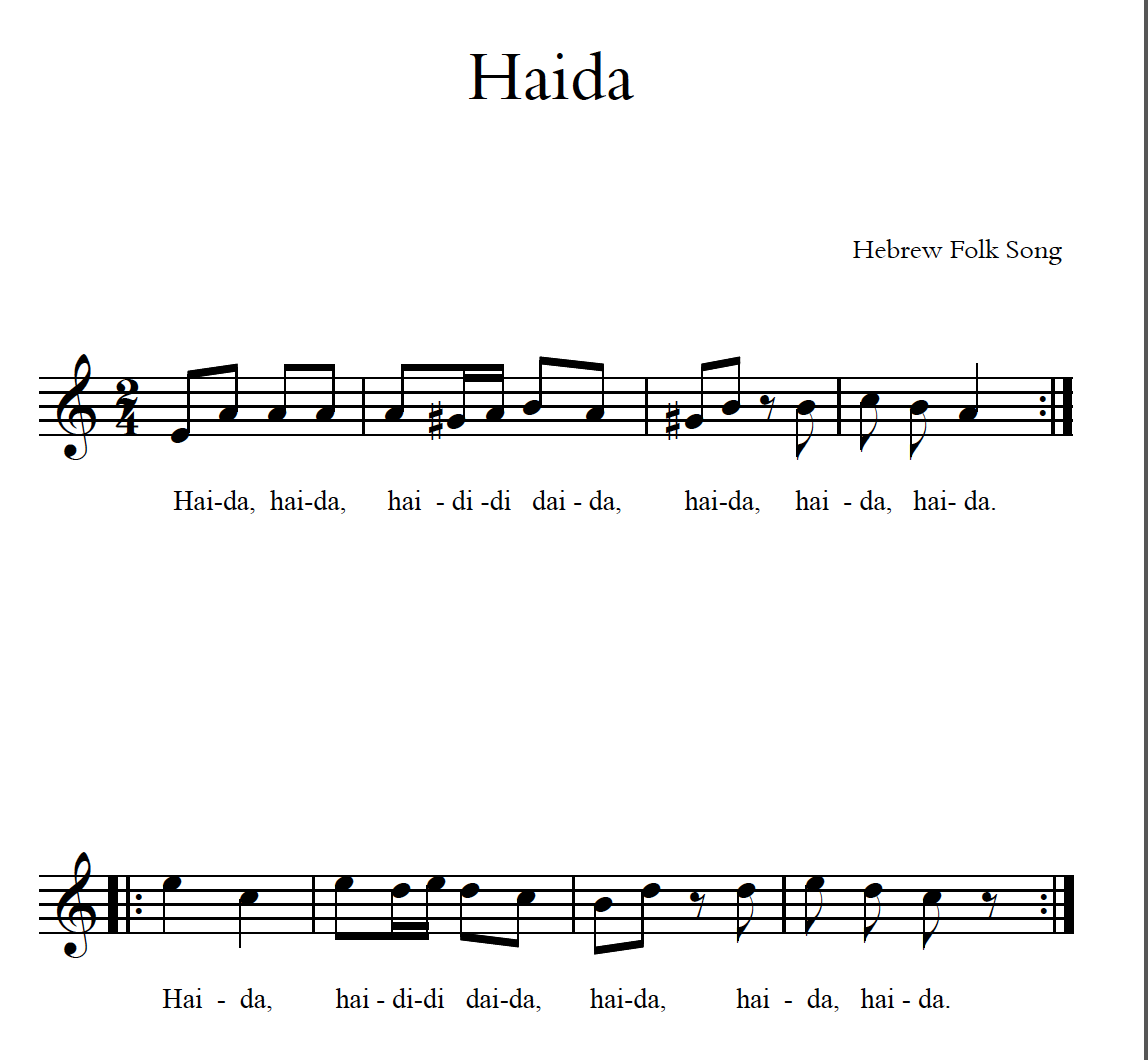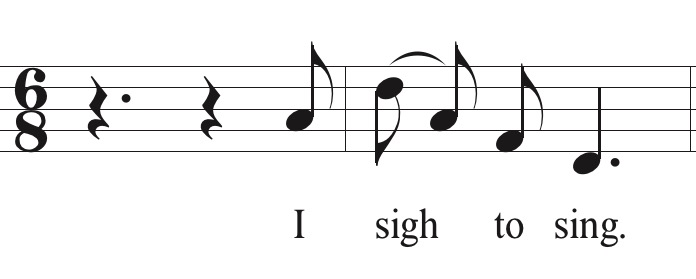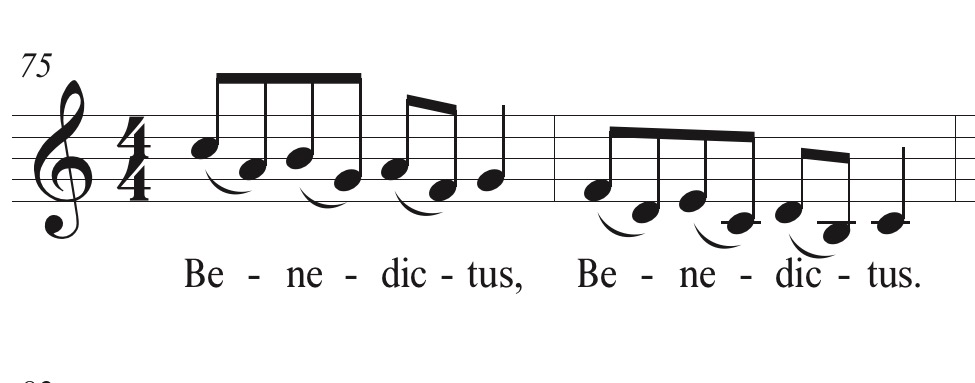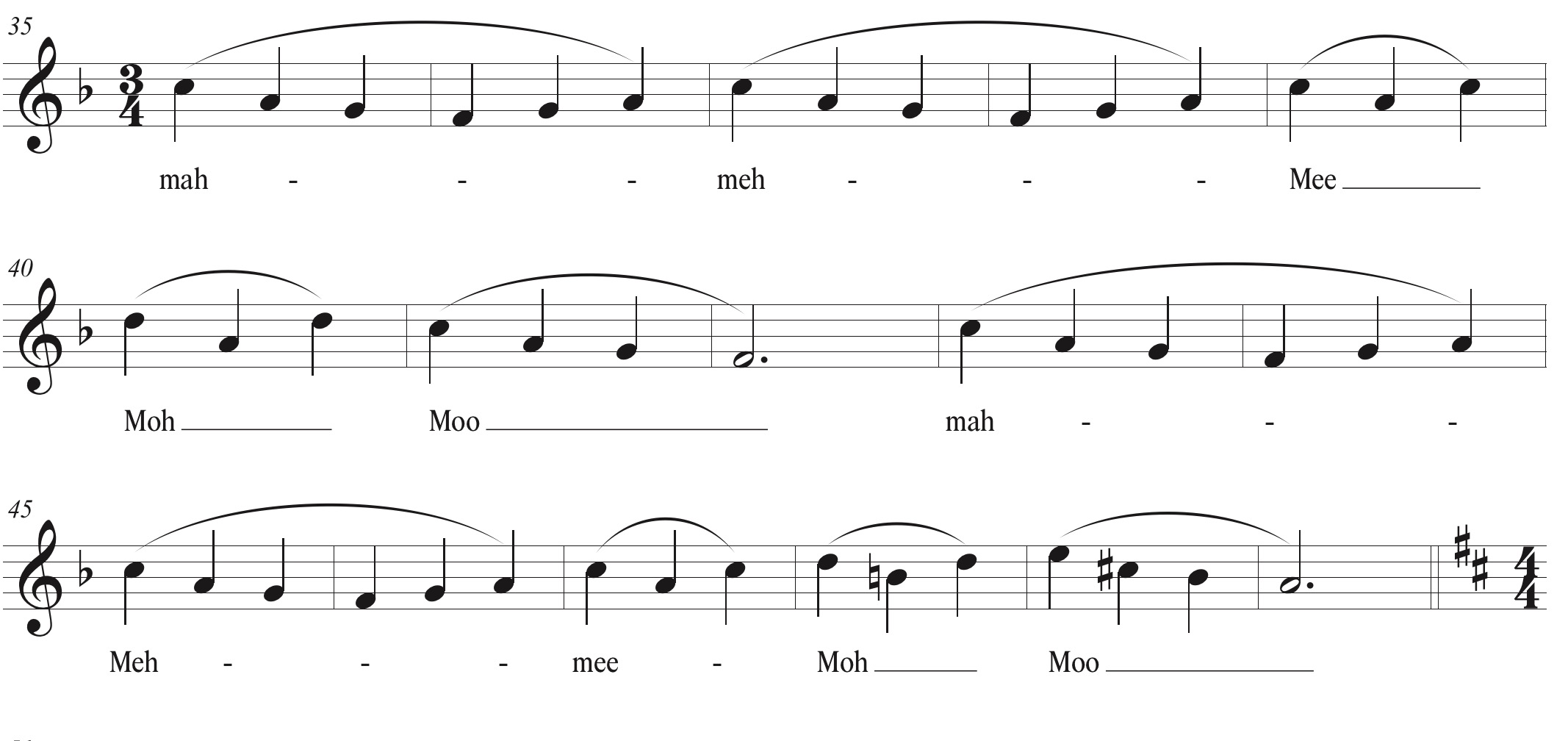Welcome!
Here are some Exercises for Encouraging GREAT tone in our Women's Choirs.......and Ideas for Getting our Women to "Sing Out"and gain confidence.
These warm ups are designed to encourage body awareness, spatial awareness, and connecting our singing to our bodies. They help us to free and open our sound and are also a LOT of fun! Remember, much of our singers' concept of good tone starts in the mind's ear. Play recordings of choirs with beautiful, energized tone between classes, get them hearing great choirs!
I . Finding Our Space/ Connecting Body and Breath
1. Finding our Space: This exercise, adapted from Tai chi, helps us connect our breath to our body and helps us with the open body concept.
Starting position: Stand tall with arms lowered at sides.
Step 1: Inhale through rounded lips over 8 counts while raising arms fully extended overhead until the backs of palms meet overhead, then exhale over 8 counts on a hiss while lowering arms into initial start position
Step 2: Inhale through rounded lips over 8 counts while raising arms fully extended overhead until the backs of palms meet overhead, then exhale on a hiss over 8 counts on a hiss while pressing palms pressing toward the ceiling with joined hands (feel the nice long stretch while exhaling)
Step 3: (the giant clock face) With palms still grasped and arms fully extended, inhale through rounded lips over 8 counts while moving arms in a huge half circle toward the floor, as if moving around the face of a clock 12 o’clock to 6 o’clock, then exhale over 8 counts while completing the circle from 6 o’clock back up to 12 o’clock.
Step 4: Inhale through rounded lips over 8 counts while extending arms pressing grasped palms to the ceiling (feel the stretch), then exhale on a hiss over 8 counts while loosening hands and bringing arms down to sides at original position.
------------------------------------------------
2. Space Bubble: Using the above exercise, find your invisible space bubble sphere. Be sure students are spaced far enough apart and encourage them to fill up their space bubble with their sound. They can also hold their arms in a large circle in front of their face and send their sound through the circle.
---------------------------------------------
3. Rehearsing in Circles: Divide your group into circles- (Sop circle, Alto circle, etc. ) Have the singers send their sound into the center of the circle. As they hear one another in their circle, they are affirmed and supported and sing with more freedom and confidence.
------------------------------------------
4. Food Fight: As the singers are rehearsing phrases from their repertoire, have them throw imaginary food across the room at the other section. This helps them to connect their sound to their body.
----------------------------------------
5. Beach Volley Ball: Much as the exercise above, encourage students to hit an imaginary ball back and forth across the choir.
----------------------------------------------
Sound pull: Cup fingers with one hand over the other grasp, and pull arms apart while keeping hands grasped, to feel the tension, pull of the phrase.
-------------------------------------------------
Rhythmic motion pantomime game: this canbe done with any piece that has a verse and a refrain. (The Hebrew round Haida is a fun one! You probably know this one!) . One singer stands in front of the choir and pantomimes a rhythmic movement (such as pulling the start on a lawn mower, or surfing, or swimming, etc) while everyone sings the verse and joins them in the movement. On the refrain, everyone raises their arms, shakes their hands, and turns in a circle clockwise, then counter-clockwise. Then a new leader comes forward and the game continues.

----------------------------------------------------------------------------------------------------------------------
"GREAT SINGING has THREE components: Energy, Beauty, and Direction." (Don Neuen)
II. Exercises to encourage ENERGY
1. A Arm swinging on thee-ee, thee-ay, thee-ah
B. bounce basketball on thee-ee, thee- ay,; then sink basket on thee-ah

-------------------------------------
2. I Sigh to Sing- lift arm up with palm down as you sing into the sigh

III. Exercises to encourage BEAUTY
1. USE Descending exercises to bring down head voice!!!!
Assign each vowel a physical shape (Ideas: ee-pull thread from forehead; ay-vertical palm turned sideways, starting at nose moving up and away from face; ah- lift hand with space under palm; oh-draw circle in front of face; oo- use fingers to imitate pulling lips forward away from mouth)
2. Benedictus- working for pure vowels, bringing down head voice, shaping each vowel

3. Two great exercises from Building Beautiful Voices by Ken Jennings:

and..........
4.

----------------------------
4. Drawing circles:you can do this on any piece or warm up. I like to use the “Morning” theme from Peer Gynton various neutral syllables (noo, no, nah, etc). Using both hands, draw circles in front of your body. As the phrase shapes, allow circles to grow in size or get smaller. Variation: teach conducting patterns, and encourage them to conduct while they are singing.
"Morning" Theme from Peer Gynt- Edvard Grieg

--------------------------------------------
5. Roller painting the sound onto the ceiling: using the imaginary paint roller, roll the sound onto the ceiling as they sing phrases. Encourage them to be creative with bold color strokes. “Morning” theme from Peer Gynt works well for this as well.
--------------------------------------------
Solo echoing: every voice is unique and essential as part of our ensemble. It is important to get all of our singers comfortable singing alone. Have the singers stand in a circle (perhaps one for each section.) The Modeler stands in the center and tosses a stuffed animal to an individual in the choir and sings a phrase modeling the desired intonation, support, tone quality, etc. The student who receives the stuffed animal echos back what the modeler sings, trying to match the sound they heard and tosses the stuffed animal back to the modeler. This continues around the circle. This is also great for basic pitch matching, but can be effective for sound quality matching as well. This continues around the circle and/or randomly. It is important that trust and openness are established and that everyone buys in. If WE model comfort and confidence with solo singing, it helps our singers to be comfortable as well. This takes time and needs to be build up slowly. Change up who models- could be teacher, another student, small groups.
IV. Exercises to encourage FOCUS
1. Beach ball flip:while singing Zing a Zing a Zoo, have students toss an imaginary beach ball back and forth and up in the air between their hands

---------------
2. Mings- rub fingers of one hand together in front of eyes while singing this.

----------------------------------
-----------------------------------------
3. Nyah....Nah
Nyahs: Point finger like you are scolding someone Nahs: Pull hands apart to make space - great exercise for bringing focus into the tone to offset breathiness. It also helps the singers to feel the chiaroscuro (bright tone on top of dark)

Hung-ah- (Go immediately to the “ng” on the hung syllable)

Remember, GREAT tone is rooted in confidence and trust.